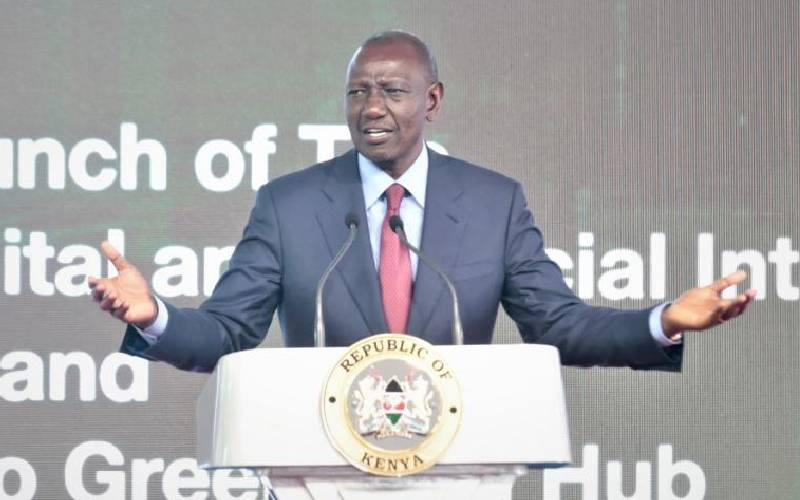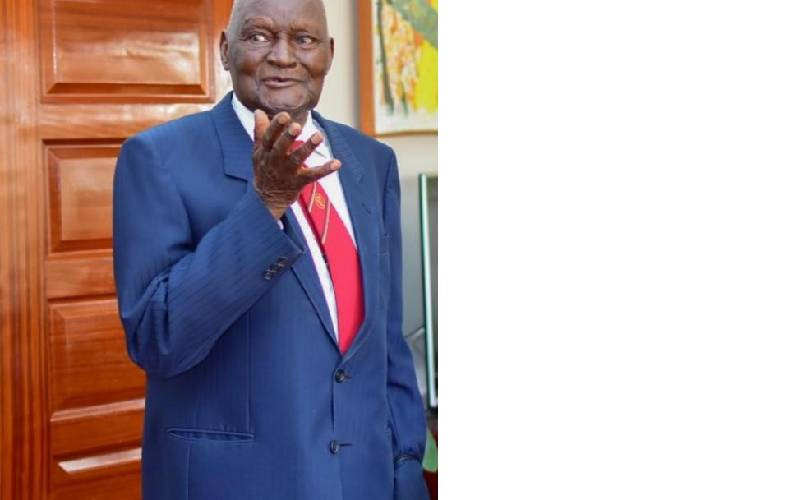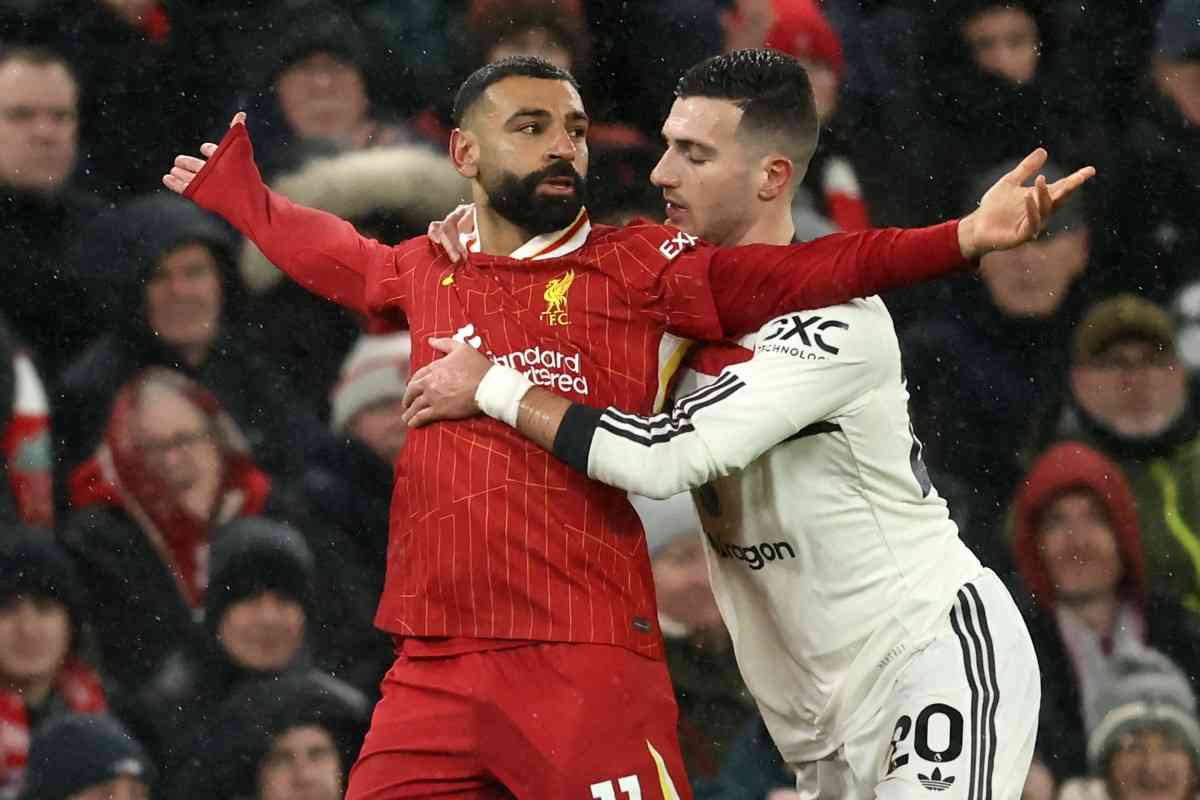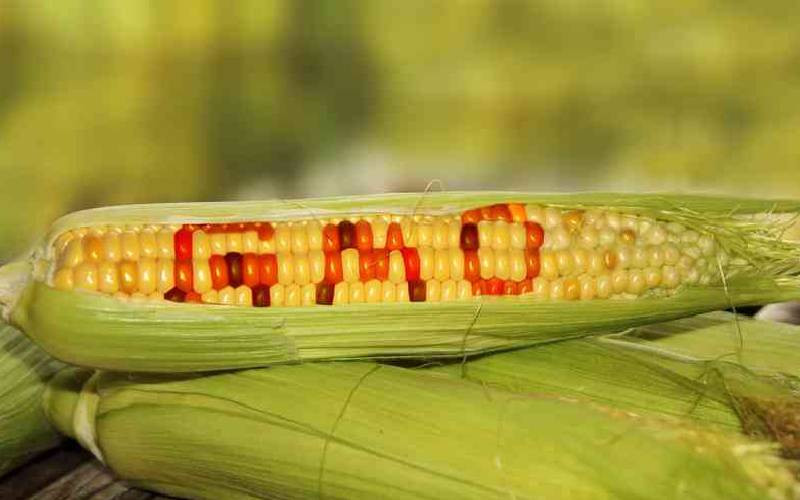By Standard on Saturday Team
Was there a plot to kill Vice-President Daniel arap Moi in February 1975?
Did the conspiracy involve the same people that assassinated Economic Planning minister Tom Mboya six years earlier? Did President Jomo Kenyatta know anything about the scheme? And what did this have to do with the murder of Nyandarua MP JM Kariuki weeks later?
These are the explosive questions raised by the publication last month of thousands of top-secret diplomatic and Intelligence messages sent between 1973 and 1976 by officials at the United States embassy in Nairobi.
The documents are part of 1.7 million new cables published in April this year by global whistleblowing website Wikileaks.
The same site has in the past leaked information on police killings in Kenya, US abuses in the Iraq war and secret American diplomatic communications.
“Neutralise” supporters
The new State Department documents are known as the ‘Kissinger Cables’, after Henry Kissinger who was the US Secretary of State in those years. While some of the cables had been declassified and added to public archives in the US, much of the information in them has yet to be published in Kenya.
One of the cables reports a plot to assassinate Moi involving Kanu officials from Central and Eastern Kenya one year before the rise of the failed ‘Change the Constitution’ movement meant to block his rise to power. The same group allegedly planned to “neutralise” two of Moi’s key supporters: Attorney General Charles Njonjo and Minister for Commerce Gikonyo Kiano.
“Motive said to be unwillingness to accept Moi as Kenyatta’s successor,” reads the cable, written by ambassador Anthony Marshall. “Conspirators reportedly believe they must move against Moi while Kenyatta still alive.” The most explosive claim, however, is captured in one short line: “President Kenyatta reportedly aware of plot.” The cable does not indicate what, if anything, the President was allegedly doing about the plan.
The claims came from a Mr Jones Mukeka, who Marshall describes in the message as an “untested embassy source”. The ambassador, however, notes that the source claimed to have had “frequent previous contact” with one of his superiors, Wendell Coote, the director for East African affairs.
Independent investigations by The Standard On Saturday identify the source as Jones Wambua Mukeka, then the Machakos District Kanu Organising Secretary. In 2005, the former Kanu official told a local journalist he was later questioned about talking to US diplomats about the plot to kill Dr Kiano and blocked from testifying about the JM Kariuki murder. Release of the cable confirming his meeting with US officials proves Mukeka, who died in 2005 aged 74, took more secrets to the grave than he was willing to reveal.
Mukeka told embassy officials that a man named Muigai was planning the attack, which would involve an assassin from Moi’s ethnic community. He claimed Muigai (“nicknamed Lumumba”) also planned the 1969 assassination of Tom Mboya.
While we have established that there was a Mau Mau veteran called Muigai Lumumba alive at the time, we cannot determine whether this is the man Mukeka referred to in his warning to US officials.
The Kanu official, who claimed contact with high-level Kamba and Kikuyu politicians, also reported that a meeting later that same day would discuss the succession issue. Several Cabinet-level politicians were expected to agree on “a compromise candidate” for the presidency from Central Kenya who would have a deputy from Eastern Kenya.
Stay informed. Subscribe to our newsletter
A confrontation between northern and southern Kikuyu leaders appears to have influenced their plans. Less than one month after Mukeka’s warning, several other diplomatic cables document the “bombings and other disturbances” that took place before the killing of JM Kariuki.
One tells of the March 1 bomb attack on a bus at the OTC station in Nairobi that killed 27 people. Another analyses the climate of fear created by the other disturbances.
“Rumours suggest that some or all of these events reflect inter-tribal action by northern Kikuyus to embarrass (Kenyatta’s) Government,” the cables read.
Backlash from killing
A Central Intelligence Agency report issued in October 1971 noted growing opposition to “Kenyatta’s inner circle of southern Kikuyu politicians not only among other tribes… but also among clans of the northern Kikuyu, which have not gotten their share of the spoils of office”.
Did this erupt into violence with the bombings and other scares of March 1975? Top officials around Kenyatta appear to have thought so, leading to the murder of JM Kariuki.
“On Monday, Tuesday and Wednesday of this week, there were 18 bomb scare hoaxes involving Government and commercial buildings in Nairobi and Mombasa,” reads a cable dated March 7.
“No bombs were found, although normal activities were disrupted by building evacuations. On March 5, a goods train derailed near Voi causing nine petrol tanker wagons to explode. The wreck, in which three railway workers injured, appears to have resulted from sabotage of rails at the point of derailment.
JM, who was often critical of the Government, disappeared on March 1 that year from the Special Branch headquarters at Kingsway House, on Nairobi’s Muindi Mbingu Street. Almost immediately, there was talk that a presidential bodyguard had murdered him.
A parliamentary inquiry into the killing later identified that guard as Mau Mau veteran Arthur Wanyoike Thungu and suggested his activities be investigated. However, as another cable documents, President Kenyatta had the report amended to remove the names of Thungu and Mbiyu Koinange, then the Minister of State in the Office of the President.
Researchers reconstructing the killing have reported Thungu shot and injured Kariuki during a confrontation at Special Branch headquarters then got the go-ahead from Koinange, Kenyatta’s right hand man, to finish him off.
Other reports claim Kariuki got into a fight with Thungu during interrogation over the bombings and was shot in the arm by Ben Gethi, the head of General Service Unit. A call to Koinange allegedly sealed his fate and he was driven to Ngong’ where he was tortured and murdered.
The backlash from the killing seems to have scuttled the scheming against Moi. When the plotters made their move a year later, they chose to try and change the Constitution to prevent him succeeding Kenyatta automatically in the event the president died or was incapacitated.
They failed.
 The Standard Group Plc is a
multi-media organization with investments in media platforms spanning newspaper
print operations, television, radio broadcasting, digital and online services. The
Standard Group is recognized as a leading multi-media house in Kenya with a key
influence in matters of national and international interest.
The Standard Group Plc is a
multi-media organization with investments in media platforms spanning newspaper
print operations, television, radio broadcasting, digital and online services. The
Standard Group is recognized as a leading multi-media house in Kenya with a key
influence in matters of national and international interest.
 The Standard Group Plc is a
multi-media organization with investments in media platforms spanning newspaper
print operations, television, radio broadcasting, digital and online services. The
Standard Group is recognized as a leading multi-media house in Kenya with a key
influence in matters of national and international interest.
The Standard Group Plc is a
multi-media organization with investments in media platforms spanning newspaper
print operations, television, radio broadcasting, digital and online services. The
Standard Group is recognized as a leading multi-media house in Kenya with a key
influence in matters of national and international interest.









